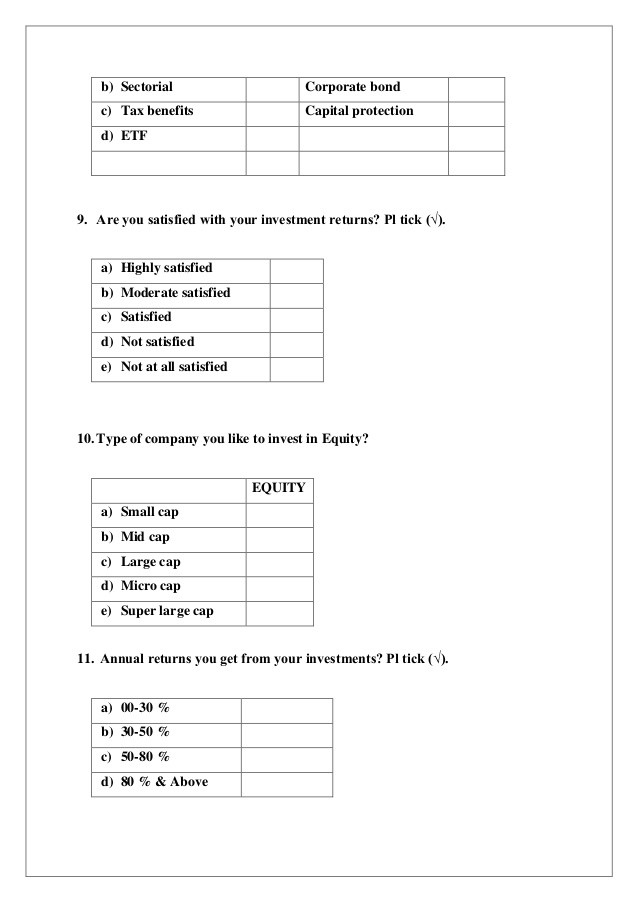The Benefits and Risks of Bond Index Funds
Post on: 10 Апрель, 2015 No Comment

You can opt-out at any time.
Please refer to our privacy policy for contact information.
Bond index funds are the simplest and most cost-effective way to invest in bonds. With extensive diversification. low fees. and an approach that’s easily understood by the average investor, bond index funds may well be a leading option for those who are seeking to earn investment income. Still, there are a few potential drawbacks that investors should know about.
What is Bond Index Fund?
A bond index fund is a fund that invests in a portfolio of bonds designed to match the performance of a particular index, such as the Barclays Aggregate U.S. Bond Index. Rather than being actively managed – i.e. with a portfolio manager who tries to choose bonds that will outperform the index over time – the index fund simply holds the securities that are in the index, or, in many cases, a representative sample of the index holdings. When the composition of the index changes, so will the holdings in the fund.
Why Invest in Bond Index Funds?
There are two important reasons why an index fund may be preferable.
Lower fees. The average domestic taxable bond fund has an expense ratio of a little over 1.0%, while the average international and high-yield bond fund each checks in with an expense ratio of about 1.35%. The “expense ratio” is the percentage of assets that the fund company takes off the top each year to pay its expenses and earn a profit.
These fees take a large chunk of investors’ cash over time, especially in light of the fact that companies charge the fees regardless of how their funds perform. This is even more of a consideration in today’s low-yield environment. If a fund’s portfolio only yields 4%, a 1% management fee wipes out over a quarter of an investors’ income.
Index funds help minimize the impact of fees. Since these funds require fewer resources to manage, they can pass the savings along to investors. In contrast to actively managed funds, most bond index funds charge an annual fee of about 0.2% to 0.4%. Further, the similarity of funds within a particular category allows investors to shop around for the fund with the lowest fee (thereby maximizing their longer-term returns).
More consistent performance. With an index fund, you know what you’ll be getting – a return that’s representative of the broader market. With active managers, performance results can experience wide swings. One year the manager can outperform the index by two percentage points, but the next year he may lag by five. And over time, active managers, as a group, tend to lag the index funds by a wide margin. One reason for this is that the higher fees not only take a bite out of returns, they force the active managers to take on more risk just to match the performance of the index after fees. Also, and not least, even the best managers can substantially underperform the markets from time to time. Investors need to ask if higher fees are worth it for the uneven performance typical for actively managed funds.
The Hidden Danger of Bond Index Funds
While index funds have a lot going for them, the case isn’t entirely iron-clad. For funds that mirror broad-based benchmarks such as the Barclays U.S. Aggregate Index, a substantial portion of the portfolio is typically invested in government or government-related securities. That equates to high interest rate risk. which is fine when yields are falling (as prices rise ). However, rising rates will have an extremely negative impact on a portfolio that is heavily tilted toward government bonds. Investors may therefore want to look for ways to augment their index funds with investments that have lower interest rate risk, such as high yield and emerging market bonds.
Learn more about the potential drawbacks of bond index funds here .
How to Invest in Bond Index Funds
Investors can buy index-related products using either traditional bond mutual funds or the growing number of exchange-traded funds (ETFs) than can be purchased through a broker.
Disclaimer. The information on this site is provided for discussion purposes only, and should not be misconstrued as investment advice. Under no circumstances does this information represent a recommendation to buy or sell securities. Always research carefully before you invest.














